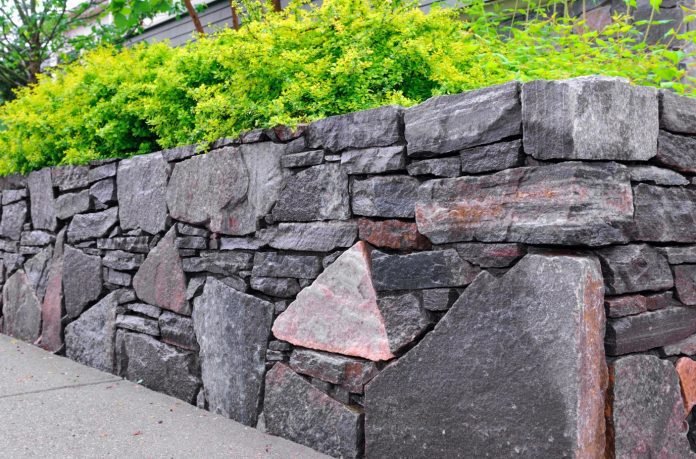Last Updated on September 13, 2023 by
Consider for a moment that the world’s soil is expected to erode 90 percent by the year 2050, and you can tell that something must be done to protect this vast resource. Retention walls vary in size, length, and shape, but their initial purpose is also one of their most important.
In this article, we’ll be looking at the main purpose of retention walls, as well as some of the possibilities that go beyond function. We’ll also be looking at the difficulty of building one of these projects on your own, and what you can do instead if you feel like you lack the appropriate know-how to take it on yourself.
Let’s begin!
Table of Contents
Retaining Walls Guard Against Erosion
Before we get into some of the gardening tips and possibilities, it’s necessary to cover the primary purpose of a retaining wall. It’s to guard against the erosion of soil.
Erosion can have a variety of negative effects on the landscape, from cosmetic to functional. It can make it more difficult to grow trees and plants, and increase the likelihood of flooding.
Open Up Possibilities For Outdoor Living
By holding onto more of the supporting soil, the retaining wall creates more possibilities for the landowner to capitalize on outdoor living ideas. That means more green space, more stability to add flowerbeds, swimming pools, or outdoor dining areas.
The possibilities are virtually endless. They are only limited by imagination. And retaining walls can add a decorative barrier between the outdoor living area and the world on the other side.
Provide Shaping
A retaining wall can help sloping hillsides maintain their shape and not break down further due to the elements. This is often accomplished by building a series of retaining walls that seamlessly blend together to follow the hillside’s natural pattern to the landscape.
Control Runoff
Runoff can have a negative effect that goes well beyond the degradation of the sloped area. Without a retaining wall to capture excess water flow, there is a danger of spillover onto roadways and increased chances of flooding.
Retaining walls that are able to block that water runoff and channel it back into the soil are able to preserve the natural landscape. It may take some investment in extra construction materials, but it’s well worth the cost when you consider the benefit.
Are Challenging Projects
Any type of elevation change can bring about challenges that you may not be equipped to handle with a simple DIY retaining wall. A three-foot wall could be doable, but as these projects expand, you’ll want to rethink the time and investment involved.
Think about bringing on professional retaining wall builders, who are better equipped to take on projects of varying lengths and covenant requirements. These projects are simply too challenging, involved, and expensive to “wing it.”
Consider Adding Retention Walls Today
Retention walls are more than just erosion-preventers. They serve a number of purposes that can give back to the landscape, community, and your own personal benefit.
For more articles on home and property improvement, check out some of our additional posts!
Read more: What Is The Best Material To Put Behind A Retaining Walls?























